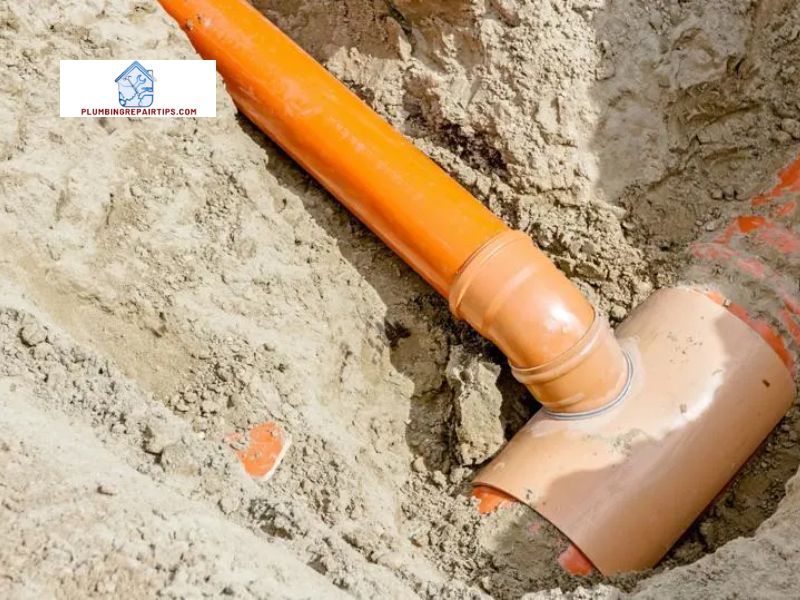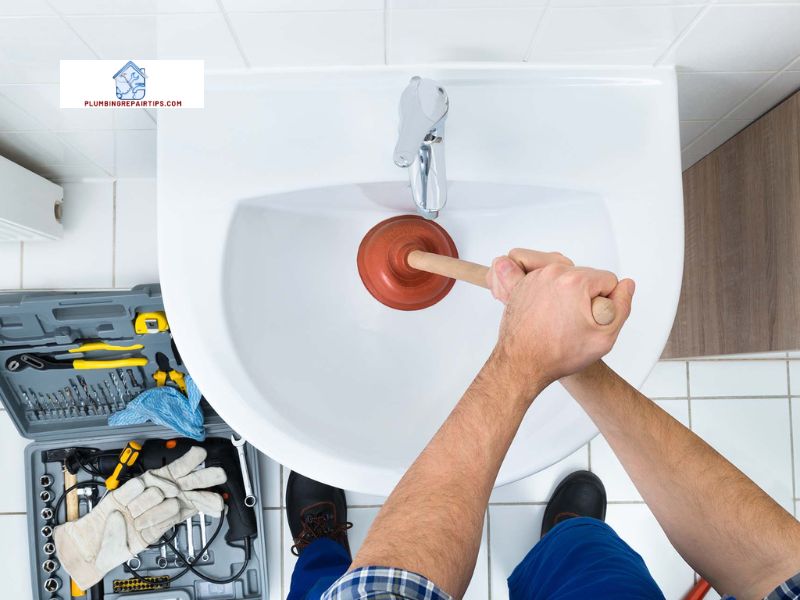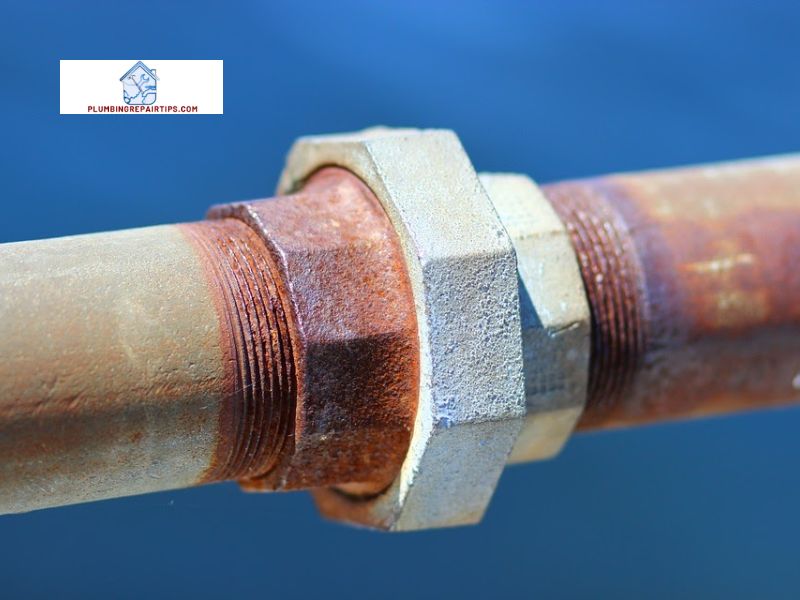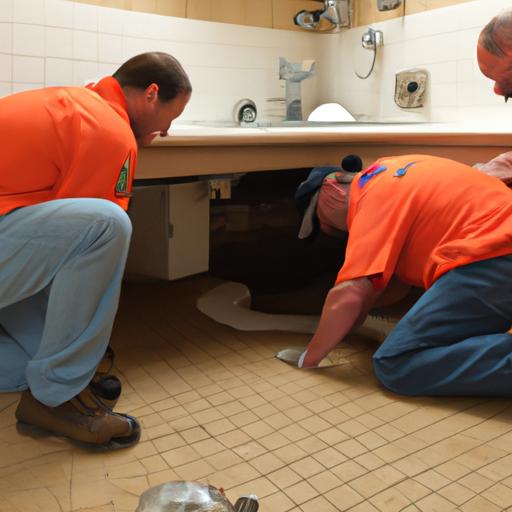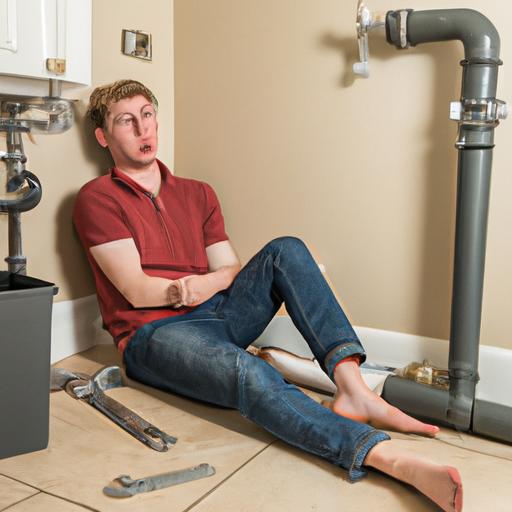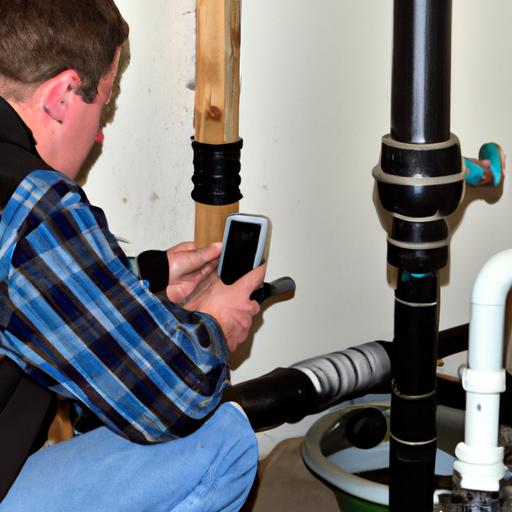As homeowners, we often take for granted the clean and safe water that flows from our faucets. But have you ever wondered what measures are in place to prevent any potential contamination or backflow? This is where back flow testing comes into play. In this article, plumbingrepairtips.com will explore the importance of back flow testing for plumbing systems, understand its definition and purpose, and why it should be a top priority for every homeowner.
Importance of Back Flow Testing for Plumbing Systems
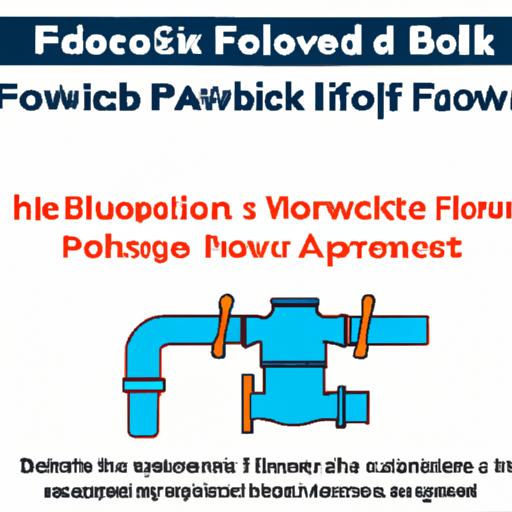
Imagine a scenario where contaminated water from a swimming pool or even a nearby irrigation system finds its way back into the main water supply. Sounds alarming, right? This is precisely why back flow testing is crucial. Back flow, the reversal of water flow in a plumbing system, can occur due to changes in water pressure or faulty back flow preventers. Regular testing ensures that these preventers are functioning correctly, safeguarding the purity of your drinking water.
Definition and Purpose of Back Flow Test
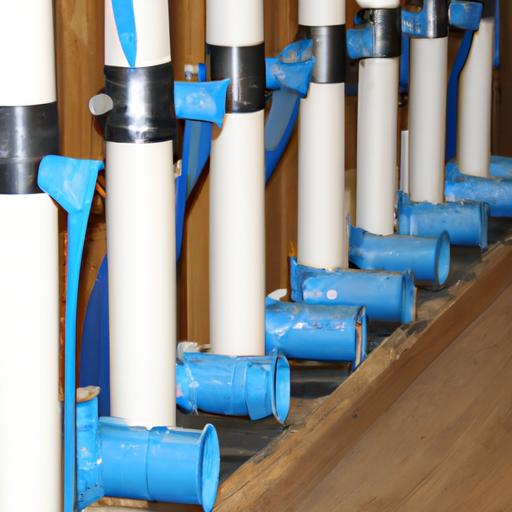
In simple terms, a back flow test is a process that assesses the efficiency of back flow prevention devices installed in your plumbing system. These devices are designed to prevent the backward flow of water, ensuring that any potential contaminants do not mix with the clean water supply. The purpose of the test is to identify any malfunctions or deficiencies in these preventers, allowing for timely repairs or replacements.
By conducting routine back flow tests, you can rest assured that your plumbing system is equipped with reliable back flow prevention devices. This not only protects your health and the health of your loved ones but also ensures compliance with local regulations and codes.
In the next section, we will delve deeper into understanding back flow prevention and the potential hazards associated with back flow. So, stay tuned to learn more about how back flow testing plays a vital role in maintaining a safe and reliable plumbing system.
Understanding Back Flow Prevention
Explanation of Back Flow and its Causes
Before diving into the importance of back flow prevention, let’s first understand what back flow actually is. Back flow refers to the undesirable reversal of water flow in a plumbing system. This can occur when there is a sudden drop in water pressure or when there is a higher pressure source connected to the system. It can lead to contaminated water flowing back into the clean water supply, posing significant health risks.
The causes of back flow can vary. Common scenarios include:
- Back Siphonage: This occurs when there is a negative pressure in the plumbing system, causing water to be drawn back into the supply lines. Factors such as high water usage, water main breaks, or firefighting activities can contribute to back siphonage.
- Back Pressure: Back pressure occurs when the pressure in the plumbing system exceeds the pressure of the main water supply. This can happen due to factors like pumps, elevated storage tanks, or thermal expansion.
Understanding the causes of back flow helps us appreciate the need for preventive measures to ensure the safety of our water supply.
Potential Hazards and Risks Associated with Back Flow
The risks associated with back flow are not to be taken lightly. Contaminated water entering the clean water supply can have severe consequences for our health. It can introduce harmful bacteria, chemicals, or other pollutants that can lead to illnesses, including gastrointestinal issues, respiratory problems, or even poisoning.
Moreover, back flow can compromise the integrity of our plumbing systems, leading to costly repairs and replacements. It can also result in violations of local health and safety regulations, which can have legal implications or impact insurance coverage.
In the following sections, we will explore the process of back flow testing, its benefits, and common issues detected during the testing. So, let’s continue our journey to ensure the safety and well-being of our plumbing systems.
The Process of Back Flow Testing
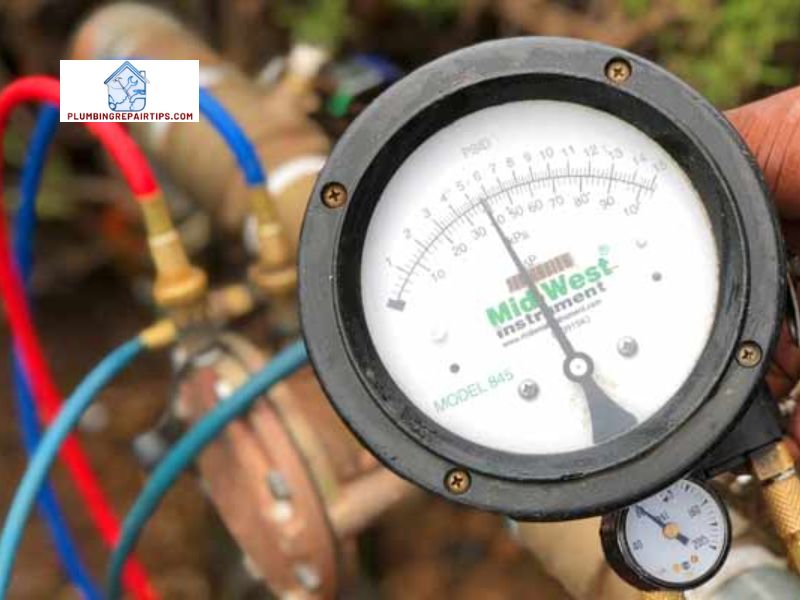
Step-by-Step Guide on How to Conduct a Back Flow Test
Performing a back flow test may seem like a daunting task, but with the right knowledge and guidance, it can be easily accomplished. Here is a step-by-step guide to help you conduct a back flow test:
- Identify the back flow preventer: Locate the back flow preventer in your plumbing system. It is usually installed near the water meter or at the point where your water supply enters the building.
- Shut off the water supply: Before conducting the test, make sure to shut off the water supply to prevent any water from flowing during the process.
- Inspect and clean the preventer: Thoroughly examine the back flow preventer for any signs of damage or debris. Clean it if necessary to ensure accurate test results.
- Attach a test kit: Connect a back flow test kit to the preventer. These kits typically consist of gauges and valves that measure water pressure and flow.
- Open test cocks: Open the test cocks on the back flow preventer to allow water to flow through the test kit. This will provide readings for further analysis.
- Record the readings: Take note of the water pressure and flow readings displayed on the test kit. This information will help determine if the back flow preventer is functioning properly.
Equipment and Tools Required for the Test
To conduct a back flow test effectively, you will need the following equipment and tools:
- Back flow test kit: This includes gauges, valves, and hoses necessary for measuring water pressure and flow.
- Safety goggles and gloves: Protect yourself by wearing safety goggles and gloves while working with the back flow preventer and testing equipment.
- Cleaning supplies: Have cleaning brushes, towels, and cleaning solutions on hand to clean the preventer, if needed.
Importance of Hiring a Certified Professional for Accurate Testing
While it is possible to perform a basic back flow test on your own, hiring a certified professional is highly recommended for accurate testing. Certified professionals have the expertise and experience to identify any issues with the back flow preventer and ensure precise readings. Their knowledge of local regulations and codes will also guarantee compliance.
By entrusting the back flow testing to a certified professional, you can have peace of mind knowing that your plumbing system is in capable hands. They will provide detailed reports, recommend necessary repairs or replacements, and help you maintain a safe and reliable water supply.
In the next section, we will explore the benefits of regular back flow testing. So, let’s dive in and discover why this maintenance practice is essential for your plumbing system’s well-being.
Benefits of Regular Back Flow Testing
Ensuring the Safety of Drinking Water
The primary benefit of regular back flow testing is the assurance of safe and clean drinking water. By detecting any malfunctions in back flow prevention devices, you can prevent the contamination of your water supply. This is especially crucial if you live in an area where the water source is susceptible to pollutants or if your plumbing system is connected to external sources like swimming pools or irrigation systems. Regular testing ensures that your drinking water remains free from any harmful substances, protecting the health of you and your family.
Compliance with Local Regulations and Codes
Another significant advantage of regular back flow testing is compliance with local regulations and codes. Many municipalities and water authorities have specific requirements in place to prevent back flow and ensure the safety of public water supplies. By conducting regular tests and maintaining functioning back flow preventers, you demonstrate your commitment to following these regulations. This not only protects your own water supply but also contributes to the overall safety and well-being of the community.
Prevention of Potential Health Risks and Contamination
Back flow incidents can lead to severe health risks and contamination if left undetected. Bacteria, chemicals, and other harmful substances can enter the water supply through back flow, posing a threat to both human health and the environment. Regular back flow testing allows for the early detection of any issues, ensuring prompt repairs or replacements. By taking proactive measures, you can prevent potential health hazards and minimize the risk of contamination, providing peace of mind for you and your loved ones.
In the next section, we will explore the common issues that are often detected during back flow testing. Understanding these issues can help you be better prepared and ensure the effectiveness of your plumbing system’s back flow prevention measures. So, let’s dive in and learn more about troubleshooting techniques and common problems associated with back flow prevention devices.
Conclusion: Prioritize Back Flow Testing for a Safe and Compliant Plumbing System
As we wrap up our discussion on back flow testing, it becomes evident that this simple yet vital process is essential for maintaining the safety and integrity of your plumbing system. By prioritizing regular back flow testing, you can ensure the purity of your drinking water, protect against potential health risks, and remain compliant with local regulations and codes.
Remember, back flow testing allows for the identification of common issues and malfunctions in back flow prevention devices. Whether it’s a faulty valve, worn-out seals, or inadequate pressure regulation, detecting these problems early on can save you from costly repairs and potential water contamination.
To address identified issues, troubleshooting techniques can be applied to resolve them promptly. Engaging the services of a certified professional ensures accurate testing and expert guidance in resolving any problems that may arise during the testing process.
At plumbingrepairtips.com, we understand the importance of maintaining a safe and reliable plumbing system. That’s why we encourage you to schedule regular back flow tests with a certified professional. By doing so, you not only prioritize the health and well-being of your household but also contribute to a safer community.
So, don’t overlook the significance of back flow testing. Take the necessary steps to safeguard your plumbing system today. Contact a trusted professional and ensure the longevity and efficiency of your back flow prevention devices. Remember, your peace of mind and the well-being of your loved ones depend on it.
Ensure the safety of your plumbing system with regular back flow testing. Contact plumbingrepairtips.com today!
